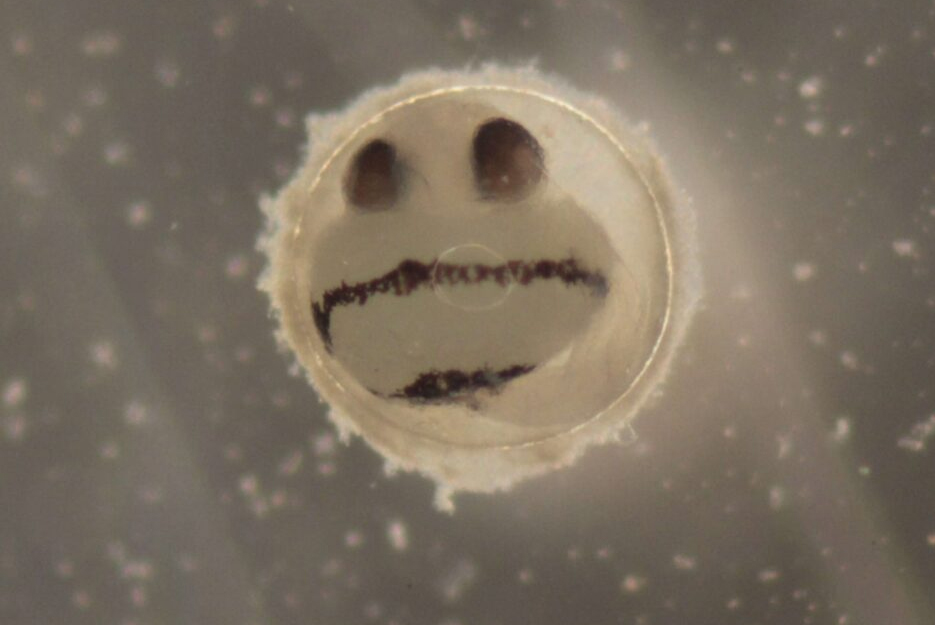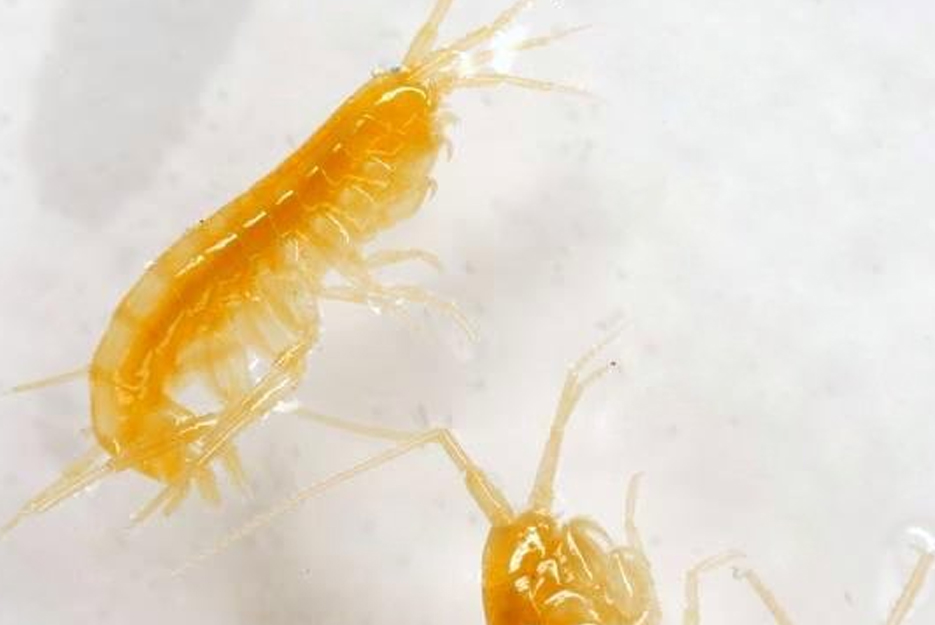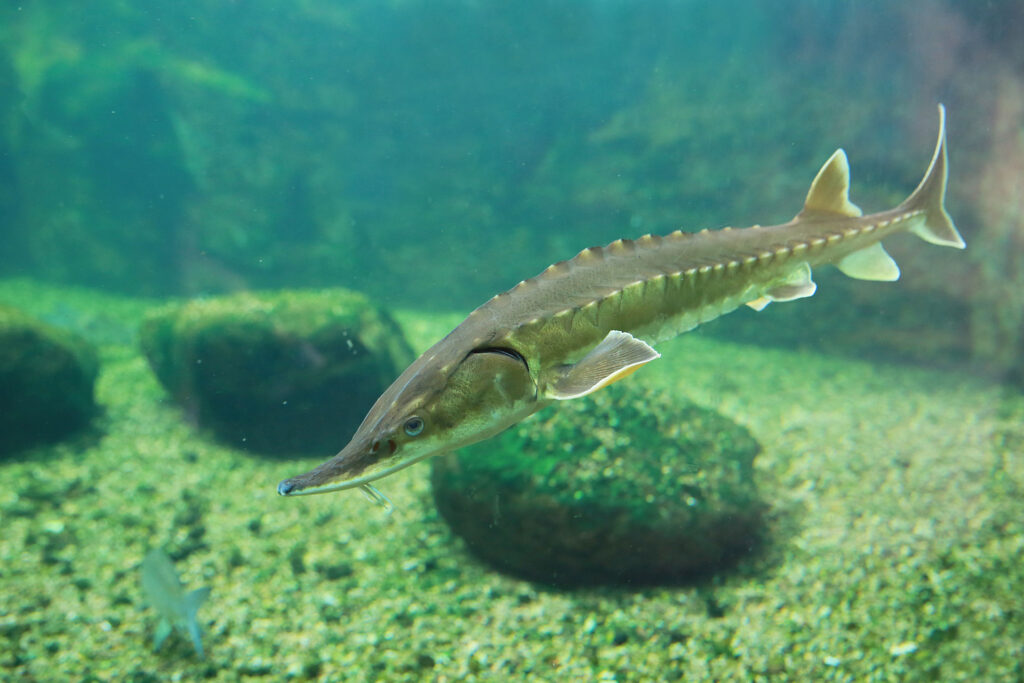This is the last of a series of articles describing the four-dimensional nature of lotic ecosystems. Previously, we have discussed three physical dimensions: 1) a longitudinal dimension (upstream–downstream); 2) a lateral dimension (interaction between a stream channel and the adjacent floodplain); and 3) a vertical dimension (interaction between surface and ground water flow). Superimposed on these spatial dimensions is a fourth dimension of time that interacts with the three as they in-turn interact with each other. The four-dimensional interactions can be understood using the hyphenated term “spatio-temporal” (space and time), which places energy flow into perspective. Or to put it another way, aquatic communities are not just formed through interaction with the longitudinal dimension, through interaction with a lateral dimension, through a vertical dimension, nor just time—it’s complicated. Rather, all four operate in concert to form a template upon which invertebrates live.
The influence of time can be understood by looking at recovery from disturbance. There are two basic forms of disturbance: “press” disturbance and “pulse” disturbance. Press disturbance is more long-term, such as an extended drought that, in a figurative sense, presses down on communities for a long time. Pulse disturbance is more short-term, like a flood event that causes a large and destructive pulse of water to go down a stream quickly. Recovery from disturbance occurs at many time scales: long, intermediate, and short. For example, say a dam fails or a tropical storm causes major flooding. The question then becomes “how long will it take for the community to recover?” If flooding is not too bad, invertebrates that are good competitors will be at an advantage. If flooding is severe and most invertebrate species are eliminated, what can be called “fugitive” forms will be at an advantage because the space taken by everything else will be available. As time passes after the waters recede, the competitors will return and displace the earlier forms.
Another example would be the length of the growing season. In southern regions where the growing season is longer, species are often able to have more than one generation per year. Whereas, the same species farther north would be limited to just one.
Such space–time interactions influence the distribution of all invertebrates including this article’s “Bug-of-the-Month,” a caddisfly in the genus Agarodes that was collected from a small tributary to a headwater stream called Hickory Run near Hockessin, Delaware. This caddisfly is a habitat specialist most commonly found in cool springs or small streams containing a lot of sand and gravel. The common name for this insect is the brush-tailed casemaker, and they are seldom seen in places other than areas previously mentioned. Agarodes are thought to be efficient burrowers in such loose, well-oxygenated sediments where they feed on vascular plants and fine organic particles. Are they flood or drought resistant? Do they take a long time to recover? Do they have more than one generation each year? As is the case with many aquatic invertebrate species, little is known about them.
Nonetheless, Agarodes is our “Bug-of-the-Month.”



